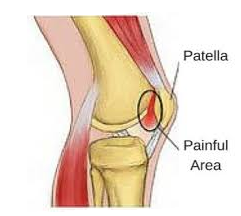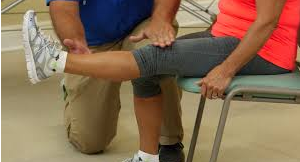The knee pain in Patellofemoral pain Syndrome may disappear after a few physical therapy sessions. We at MJ studio have trained professionals who help you by diagnosing the problem by inquiring about your symptoms, your history, and by doing an examination by focusing on the movements of your knee and determining the pain and checking the instability in movement. Athletes who suffer from sports injuries or have discomfort and pain due to Patellofemoral pain syndrome need to do continuous exercises to strengthen their thigh muscles before they start running, jumping, or doing athletic activities again.

